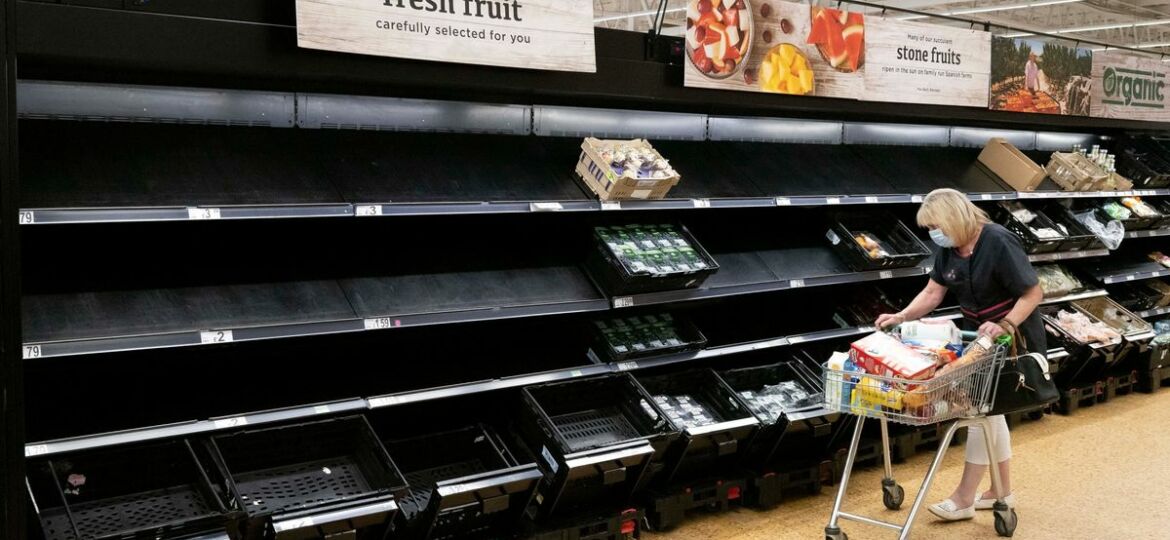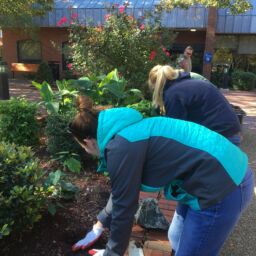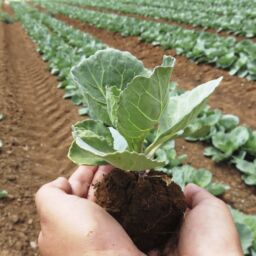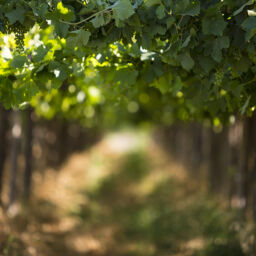
A concatenation of events is dropping on us like an imploding building and there’s not much we can do to stop it. However, we can mitigate some of the potential damage through our individual efforts and need to get started now.
But first, one bit of good news. H. Douglas Lightfoot and Gerald Ratzer have published a paper, “The Sun Versus CO2 as the Cause of Climate Change Projected to 2050,” that thrashes the IPCC’s global warming model.
However, the paper also kicks off this food shortage discussion. The authors say the earth “is now in the early stages of cooling that might be similar to the Dalton Minimum and last for three or four decades. Average temperatures can drop by up to 1.5 degrees C and increase the rate of crop failures that have already started. It won’t be easy to maintain the benefits of the recent warm phase of the Sun during the upcoming solar minimum.” That’s 2.7 degrees F, and significant.
Lightfoot and Ratzer confirm that we’ve already entered the Modern Grand Solar Minimum (GSM) and that negative impacts on crops are already occurring. We’ve seen harvest shortfalls in a variety of crops around the world over the past couple of seasons. Coupled with these shortfalls, a few countries have limited or halted exports of staple products, mostly grains and legumes.
For two years and continuing until today, there have been interruptions in commodities for sale. A number of factors contribute to this stuttering availability of commercial goods. Labour shortages in picking, packing, processing, and transportation led to gaps on some grocery shelves. Delayed imports of raw materials for canning, bottling, and bagging due to shutdowns in countries of origin will likely continue, especially now that China is locking down whole cities again.
Because of recent crop failures and lacklustre harvests, many regional grocery warehouses, which usually have about 18 months’ worth of packaged and frozen food in stock, are practically empty according to a friend whose family owns a large chain of stores. Low stocks of livestock feed and hay due to drought are reducing meat, poultry, milk, and egg production in some areas.
Monica Showalter’s excellent article the other day—Biden is about to get caught flat-footed on another crisis: Ukraine war–generated global food shortages— examines the impact that Russia’s war on Ukraine is having and is expected to have on global grain and fertilizer availability, as well as food production.
Besides the drought hitting the mid-plains and potentially causing the abandonment of this year’s winter wheat (that’s for flour) crop, the La Niña system is expected to bring above-average rains to the eastern and southeastern parts of the US, potentially delaying planting and harvest. If California continues to value a practically nonexistent smelt over its people, there will be little water for the Sacramento-area rice farmers. They’ve already pulled down avocado and almond orchards due to restricted water allocations elsewhere in the state.
Farmers are being hit hard by shortages and skyrocketing inflation, just like the rest of us. Anhydrous ammonia, used to fertilize most grain and many row crops, has had a massive jump in price from $487 per ton in 2020, to $746 in 2021, to a record-breaking $1,492 per ton the first week of February this year. Demand for fertilizer is expected to grow, but high prices in Europe for natural gas (from which the fertilizer is made) caused a slowdown in manufacturing last winter.
Agriculture production runs on a very tight margin, with producers taking all the risk for seed, livestock, machinery, and labor, along with weather, with no guarantee of success or profit at the end of the year. Some farmers and ranchers, faced with such increased costs, as well as insupportable costs for fuel and repair parts to run farm machinery, are looking elsewhere.
Opportunities currently exist for farmland to be put into paid conservation easements or fallowed into carbon credits. These require no inputs other than occasional mowing but produce a guaranteed payment. Some farmers have taken advantage of these already.
We recommended before that folks begin to stock up on long-season pantry items like grain, pasta, oils, and the like to carry them through the worst of the GSM. Variable weather is the hallmark of these cyclical events.







